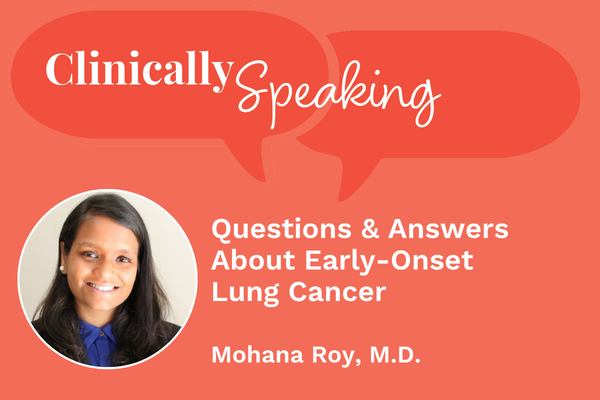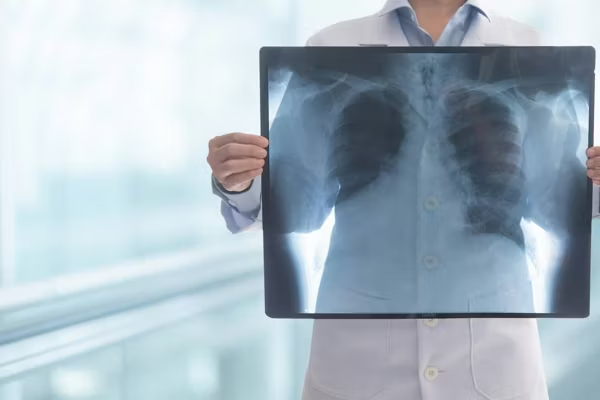By Emily Bennett Taylor
At 28 years old, I was naively unaware as I sat in my doctor's office. She wanted to discuss the results of my recent CT scan, ordered after a chest X-ray, which had come after several months of coughing, wheezing and shoulder pain. Perhaps, looking back, I should have been more worried. But as a young, healthy former college athlete, what did I have to fear?
Apparently – a lot. That day, my doctor told me I had a tumor the size of a golf ball in my right lung. A biopsy and several other tests revealed that it was Stage IV lung cancer.
As if having a golf-ball-sized tumor in your lung does not make breathing difficult enough, learning it's there in the first place does. I felt blindsided. I had never smoked or been around second-hand smoke. I'd always been active and healthy. It made no sense. How did I get LUNG cancer?
That was more than two years ago and in that time I've come to learn a lot about lung cancer thanks to the Bonnie J. Addario Lung Cancer Foundation (ALCF). For starters, I learned my diagnosis is not unique. Lung cancer is the number one cancer killer among women. Throw out all your ideas that this is only a smoker's disease. Lung cancer does not discriminate. Anyone at any age, any gender or nationality can get it. Most often, the face of lung cancer is women and an even more alarming trend, YOUNG women just like me!
The ALCF is finding out why never-smokers under the age of 40 are getting lung cancer through the Genomics of Young Lung Cancer Study (GoYLC). This first-of-its-kind study will look at tumor samples from young patients like me, in the hopes of clearing up the confusion about smoking and lung cancer, and finding better, more effective treatments for all lung cancer patients, young and old.
Due to the incorrect stereotype of lung cancer patients, most diagnoses occur at Stage IV. At this point, treatment - and survival - becomes much more difficult. The misguided belief that only smokers get this disease is quite literally killing us.
Funding for lung cancer research still lags far behind other cancers. Lung cancer receives $1 for every $22 breast cancer receives. Yet more people die from lung cancer than breast, prostate, and colon cancer combined. This disease is violently attacking us, yet somehow we continue to turn a blind eye.
Fortunately, breast cancer funding has paved a path of success. Survival rates have increased to more than 80%. Meanwhile, lung cancer survival rates are at a mere 16 %, and at Stage IV, only 1 to 2 %. What if we could increase the lung cancer survival rates to 80%? It would save 128,000 lives a year in the United States. Imagine the difference that would make.
I am blessed. I have endured eight rounds of chemotherapy, 28 rounds of high-dose radiation, and the removal of my entire right lung. But I am alive. Most are not. This year, 160,000 people will lose their lives to this disease. November is Lung Cancer Awareness Month. It's time to make a change - I ask you to join me. Donate to the battle. Inspire others to do the same. Let's fight together and put an end to lung cancer.
- I Never Smoked and Got Lung Cancer - HealthyWomen ›
- Ask the Expert: Lung Cancer in Women - HealthyWomen ›
- Ask the Expert: Ovarian Cancer - HealthyWomen ›
- Why Is Lung Cancer Research Underfunded? - HealthyWomen ›
- ¿Por qué la investigación contra el cáncer pulmonar no tiene suficiente financiamiento? - HealthyWomen ›





